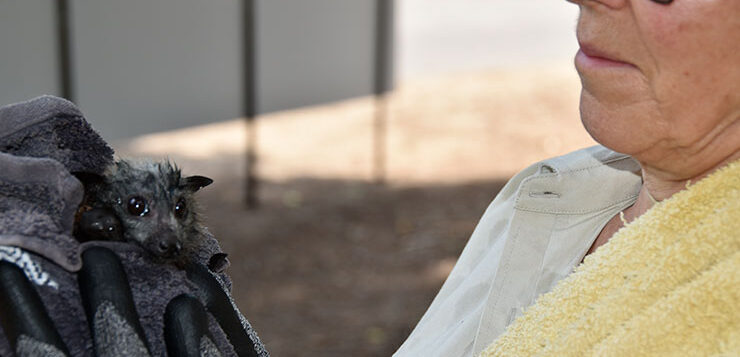DON’T MISS ANYTHING! ONE CLICK TO GET NEW MATILDA DELIVERED DIRECT TO YOUR INBOX, FREE!
The Australian bush is burning. But the extreme conditions are wreaking havoc on more than just our flora, and more than just fauna outside our suburbs. Add in the chaos unleashed by hunters and it’s a pretty awful time to be an animal in Australia, writes Geoff Russell.
It’s been a horror week for wildlife in South Australia. As the fires rage in other states, we’ve been keeping fingers crossed. Even atheists could be forgiven for praying that the flames might spare us; but of course, prayers don’t work. Never have.
Sooner or later the scientific predictions will catch up with us. The predictions of hotter, drier heat waves aren’t based on faith but on climate models built with maths and physics; stuff which works.
The weather predictions of four successive days over 40 degrees centigrade duly arrived; along with a rising blustery wind on the fourth day.
The bats got hit first.
Adelaide’s Botanic park was home to some 30,000 animals last Tuesday morning. Each night the colony disperses in all directions to feed. Mum will take the very young with her, but as they get too big to carry, they’ll be left in the colony. Mostly they feed on blossoms, but also fruit and sometimes insects.
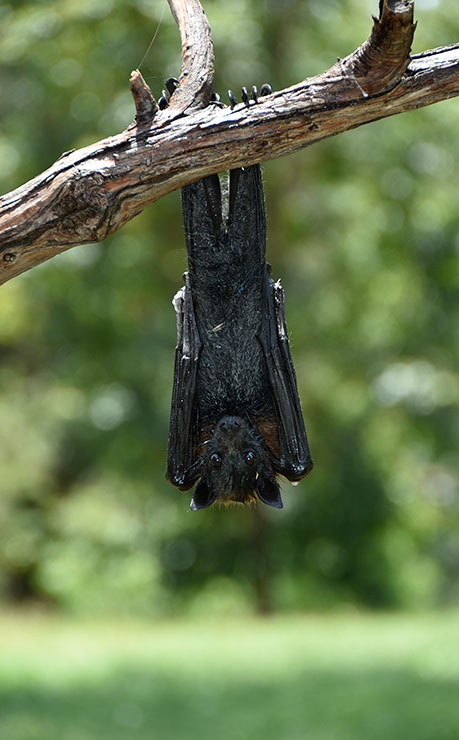
We have a large loquat tree in our yard. When the loquats are ripe the bats will arrive after dark and feast. When it’s windy, they mostly stay away. How many nights can they go without feeding? Good question. Nobody is sure; but the last week’s heat wave may provide some grim data.
The first day over 40 degrees saw juveniles in trouble. That was Tuesday. It was like the first punch of a deadly combination. The Fauna Rescue SA team set up tables and rehydration syringes and water baths and watched.
Coordinator Maggie Farrell has a bloody big Jeep, and every inch was filled with stuff. Stuff for bats, stuff for people. Back at “Bat HQ”, as it’s called, Uber-coordinator Sue Westover was preparing cages and volunteers for an influx.
Government wildlife ecologist Jason van Weenan had estimated that there were some 6,000 juveniles in the colony; and he was on the ground coordinating the Zoo people with the Adelaide City Council people with the Botanic Gardens people with the Fauna rescue people; and every last one of them needed to be told to keep away from heat stressed limb-dropping Elm trees that the bats love; and to keep their gloves on.
On Wednesday, the second day over 40 degrees, Tuesday’s trickle of desperate dehydrated young bats became a torrent. They were falling from trees; hitting the ground with a sickening thud. There are tree-lined paths through the park and falls to the asphalt were common.
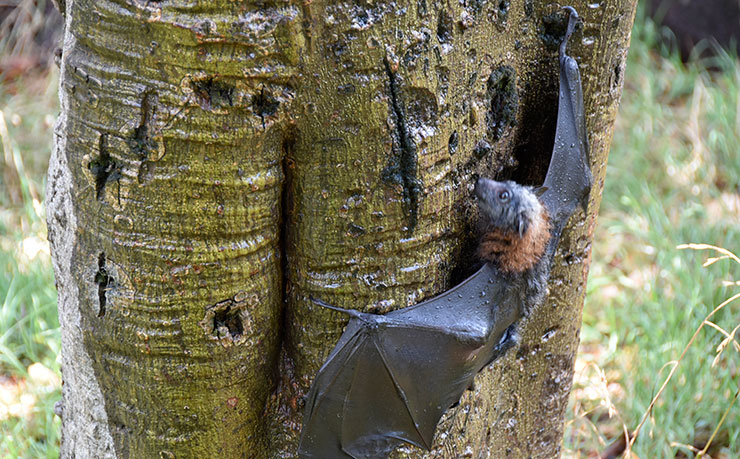
Botanic Gardens staff had the sprinkler system running, as they do for the bats whenever it gets really hot. The bats come down lower in the trees to avoid the heat. Some will fly through the spray. They should be sleeping, but when it’s hot, that’s as hard for them as it is for us.
Some will fly inches over the ground before dipping their body into a puddle and continuing. It’s a precarious manoeuvre. The low angle impact causes them to lose momentum and it’s hard to maintain enough speed. A misjudgement and they are prone on the ground.
Bats can’t take off from the ground, so they do a kind of butterfly stroke, swimming with their wings along the ground to the nearest tree. They’ll climb the tree and have a rest before eventually taking off.
Bats were also performing this cooling trick on the nearby Torrens river; it’s an amazing sight, provided you don’t think too hard about the desperation behind it.
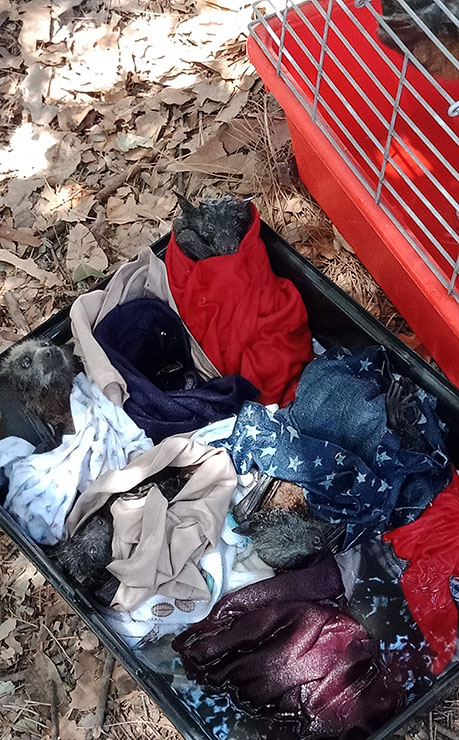
By the third day the disaster was in full swing. How many of the juveniles survived? Not many, counts using various methods will work it out over coming weeks. Dead bats littered the ground around trees. Dead bats were collected into little clumps by rescuers or bagged. As the corpses decomposed in the heat, the stench was unbearable.
A bat hanging by its feet uses no energy. Their claws work as a fixed hook. They need to flex their muscles to unhook and take off. So they typically die where they hang; but don’t fall without being detached by wind gust or another bat climbing around. There will be dead bats hanging and drying in the Botanic Gardens for months to come.
Well-wishers brought the bat team a continual stream of food and fluids, just as people would do for fire fighters a couple of days later.
By the end of day three, Thursday, Maggie gave us all a solemn briefing. Bat HQ had 500 bats in care and was over capacity. There could be no rescues on Friday. The Zoo was also at capacity and shutting its doors. Most of the bats in care were juveniles who would need to be hand raised. Nobody was quite sure how this was going to happen. It’s a skilled, time consuming job; but it will happen.
After three hot days, concern about dropping tree limbs were real and many smaller branches had already collapsed. A decision had also been made that Friday’s team would be restricted to vaccinated people only.
Bats carry Lyssa virus, a type of Rabies. The risk is small, with very few bats actually having the virus, but, like Rabies, Lyssa is not something you play chicken with; you will lose. Unvaccinated helpers were given strict warnings against touching the bats.
Friday was a sombre affair. News of the Cudlee Creek fire came early in the morning and everybody could feel the wind rising. Most rescuers knew somebody in the vicinity of a fire; Adelaide is like that. And there wasn’t a lot that could be done for the bats.
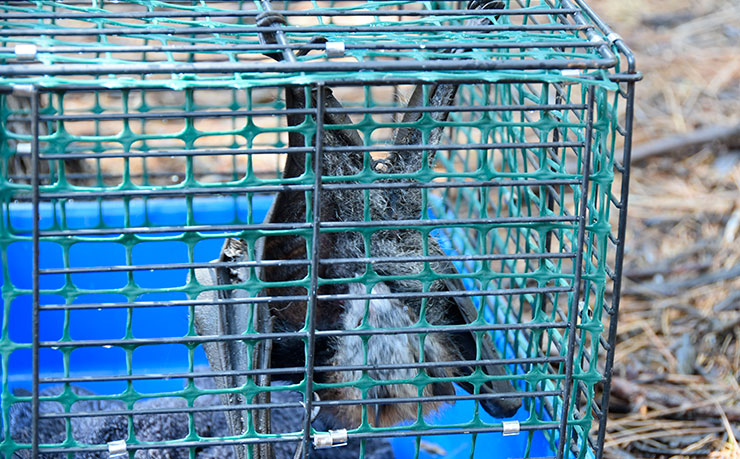
Rehydrate with a syringe and return them to a sheltered tree in the path of the sprinklers and hope they’d survive. Some might still have their mother somewhere in the colony and there was a chance of a reunion. We didn’t think too much about the odds of success; just getting through the day.
Over the next few days, the fires quickly dominated Adelaide’s news and consciousness in a way that nothing else does. We all tend to see the world through a filter dominated by our own kind; not just our species, but our region, our friends, our culture, our tribe.
The bat disaster had been but a small blip in their hometown; massive in the minds of the bat team; not just in those days, but for the next few months. But it barely registered in the wider community, despite the stream of generous supporters delivering help and supplies.
- You can assist the work of Fauna Rescue SA by donating directly to them at this link. People wishing to donate specifically for the bats need to include “FFOX” in the Order ID field of the donate form.
Time for the hunt
It’s wise not to think too much about our wildlife in bushfires. The total ineffectiveness of being in everybody’s thoughts and prayers is once again in evidence as images of blackened koalas start to appear among those of shattered buildings and damaged lives.
But it isn’t only the relentless statistics of more and drier heatwaves that threaten wild animals, it’s also human callousness and deliberate cruelty. For every thousand people who cringe at a blackened koala with horrific burns, there are still a few who get pleasure out of killing. The thrill of the hunt still has advocates; and these relics of a bygone age have been evident in South Australia’s governments over the past 20 years.
The current Government is extending the areas where the kangaroo industry can operate; and have added new species.

The kangaroo industry has been limping along for decades, desperate to try and sell itself as “green” CO2 free “healthy” meat; but it’s just red meat and carcinogenic like all red meat. Plus nobody likes it and the jobs it creates are about as attractive as underground coal mining, but without the big bucks or the mateship.
Driving around all night by yourself in the middle of nowhere killing animals for considerably less than the median wage has been moribund as a desirable lifestyle for decades. The pre-tense that shooting roos is saving them from starving is terrific marketing, but doesn’t survive scrutiny.
To make money shooting kangaroos you need to maximise the number, weight and skin quality of those you kill; and the rate at which you kill them. So you want to pick high density areas and the biggest animals in the best condition. High density areas will be the ones least affected by drought. What shooter would waste bullets on scrawny starving animals in low density areas with very little feed?
And then there’s our waterbirds, ducks in particular. With large areas of drought in eastern Australia, our declining duck populations have been doing what they do best, move to the best place they can find. This makes the south east of South Australia into a kind of refuge because it’s a little less affected by drought than other areas.
Shooting these ducks is shooting next year’s breeders. It’s dumber than dishwater. But duck shooters and their mates in Government are like that. Duck shooters get withdrawal symptoms and start to quiver when they haven’t killed anything for a while; it’s like poker machines.
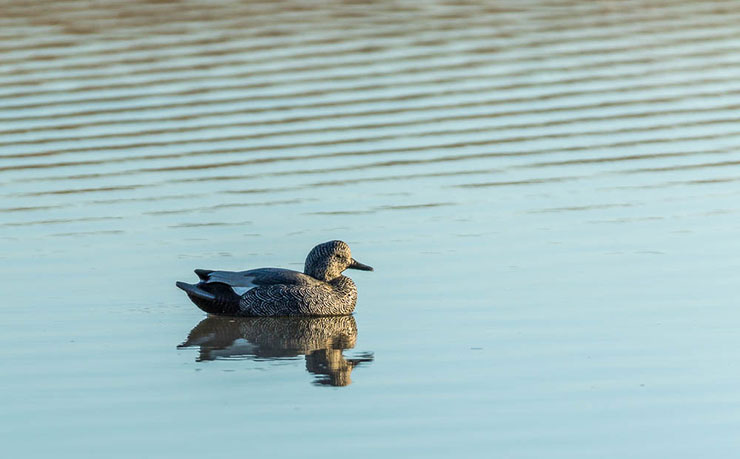
Shotgun shooting isn’t like rifle shooting where skill is everything. With shotguns there is a big element of luck. You can aim perfectly but the random nature of shotgun pellet patterns will mean that the duck may only be wounded and fly off.
The few shooters in SA and their mates have managed to stare down a Premier and get a shooting season in 2020. It’s a travesty. Steven Marshall may be running the state but the power in SA clearly rests elsewhere. Recall that Marshall made a big splash during his first election campaign by declaring himself opposed to duck shooting; having met him I believe he was sincere.
But our state Liberals, collectively, are plainly no less feral than their federal colleagues, and the dominant faction thinks wounding and crippling native water birds (an inevitable part of shooting with a shotgun) is great fun.
Human luck
All in all, it’s a rough time to be an animal anywhere in Australia, and in SA in particular. If man-made heat waves and fires don’t get you, the various gun-lobbies will. And those animals classed as “livestock” rarely get even as much thought as koalas or bats.
The Adelaide Advertiser talked on Sunday of “stock owners suffering losses”; it’s a bland phrase concealing a wealth of meaning.
Imagine a newspaper in the south of the US in the 17th century. How would it report the sinking of a ship carrying 500 slaves? Probably as “slave owners suffered losses today as ship sinks”.
Yes, our civilisation has come a long way, with less violence now than at any time in the past. But we clearly have plenty of room for improvement; we must do better.
You can assist the work of Fauna Rescue SA by donating directly to them at this link. People wishing to donate specifically for the bats need to include “FFOX” in the Order ID field of the donate form.
BE PART OF THE SOLUTION: WE NEED YOUR HELP TO KEEP NEW MATILDA ALIVE. Click here to chip in through Paypal, or you can click here to access our GoFundMe campaign.
Donate To New Matilda
New Matilda is a small, independent media outlet. We survive through reader contributions, and never losing a lawsuit. If you got something from this article, giving something back helps us to continue speaking truth to power. Every little bit counts.

